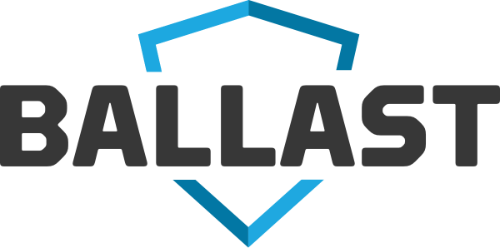Security frameworks are very much like the structure of your dream house. Security programs, like your house, should be built to fit your specific needs and business goals. And, while there are certain policies and processes that are unique to your business, there is also a general structure to creating an effective cybersecurity program. This is where cybersecurity frameworks come in.
Cybersecurity frameworks are a lot like “blueprints” for building an information security program to manage risk and reduce vulnerabilities. The frameworks overlap in a lot of different ways. Each can be customized to solve specific information security problems, just like building blueprints are customized to meet their required specifications and use.
Many of the cybersecurity standards and frameworks have been built with specific industries in mind. Healthcare has HIPAA. Credit card merchants and service providers have PCI. But, if you’re not part of these industries, how do you know which cybersecurity framework is right for your business?
How to Choose the Right Cybersecurity Framework for Your Business
Here are a few things to consider when trying to decide which cybersecurity framework will be most helpful in maintaining your information security program:
- Find a framework that supports your business objectives. The most important factor that should drive which framework you select is your internal business objectives for information security. Do you have regulatory obligations that your business is committed to meeting? Are there industry norms that will serve as a “floor” for the maturity of your security program? What are the expectations of your customers or business partners? What is your organizational risk tolerance? What are your plans for growth into other geographies or industry verticals? All of these factors should weigh into you analysis of the standards and frameworks you choose as the basis for your program.
- Understand the differences between the various frameworks. While many frameworks overlap in specific areas, there are some distinct differences to consider. Some are more holistic. Others target specific types of data or industries. Holistic standards such as ISO, NIST, SOC, and COBIT take a general approach to information security by prescribing controls that directly counteract a broad range of threats common to most organizations. Some frameworks are more technically-focused and prescriptive, whereas others are more high-level and process oriented. HIPAA, HITRUST, and PCI target a specific type of data.
- Consider creating a customized system that takes the best elements from each. In some cases, the best option is to adopt more than one framework. This hybrid approach can often provide more flexibility and functionality. However, if you’re going to create your own framework, it’s incredibly important to clearly map out your security strategy. Failing to truly define the framework, and make sure it meets all your compliance requirements, is a great way to set yourself up for potential problems.
- Make sure your framework meets your specific regulations. Regardless of which framework you choose, there is an important caveat. Before you assume you’re in compliance, don’t forget to determine if your framework supports all relevant national, state, or continental regulations. Such regulations will vary widely, so it is important to research possible conflicts before heading down the path toward a particular framework.
Assessing Your Risk Is the First Step
While choosing a framework is important, it doesn’t guarantee safety from every form of cyberattack. The key is using it to begin the process by identifying gaps between your program and the criteria in your chosen framework. Then, you can get to work remediating those gaps and building for the future.
Regardless of which framework you choose, BALLAST can help because it was intentionally built with all the various frameworks in mind. With BALLAST, you can build out a risk assessment plan with your unique framework in mind. Remember, a blueprint isn’t any good unless you pick up a hammer and nail and start building. BALLAST is the tool that helps you translate the blueprint into an actionable plan for building your dream cybersecurity program. Contact us today to learn more!



